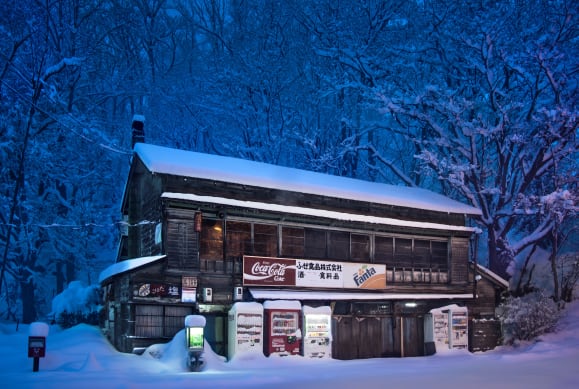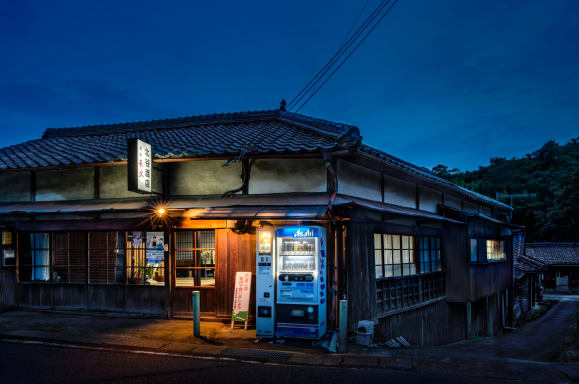
Long before President Donald Trump called North Korean leader Kim Jong Un “Little Rocket Man” or met him in person, Trump had an idea to safeguard millions of South Koreans from the dictator’s wrath: Move them. Move them all.
According to an excerpt from Peter Bergen’s new book Trump and His Generals: The Cost of Chaos, posted by Time on Thursday morning, the president made a startling comment during a mid-April 2017 briefing on North Korea.
After seeing a satellite image showing that Seoul — South Korea’s capital, home to 10 million inhabitants — sits just 15 miles south of the country’s heavily militarized border with the North, Trump asked, “Why is Seoul so close to the North Korean border?”
He then made a rather unorthodox suggestion: “They have to move,” Trump said, referring to the city’s residents. “They have to move!” he repeated. Those in attendance at the Oval Office briefing were uncertain whether or not Trump was joking, Bergen writes.
Trump, Bergen notes, had already been briefed numerous times on the danger Seoul faces every day. The city is in direct firing range of thousands of pieces of North Korean artillery that are already lined up along the border between the two countries, also known as the demilitarized zone (DMZ). Around 70 percent of North Korea’s ground forces are within 90 miles of the DMZ, presumably ready to move south at a moment’s notice.

Seoul is the big bright spot middle to the left. South Korea is immersed in lights throughout the country. North Korea has no lights. The one small light on the left is the capital city Pyongyang.
Simulations of a large-scale artillery fight between the North and South produce pretty bleak results. One war game convened by the Atlantic magazine back in 2005 predicted that a North Korean attack would kill 100,000 people in Seoul in the first few days alone. Others put the estimate even higher. A war game mentioned by the National Interest predicted Seoul could “be hit by over half-a-million shells in under an hour.”
Evidently, Trump hadn’t realized just how vulnerable the city’s 10 million citizens were until he saw that satellite photo. So his alarm is understandable. And sure, perhaps he was kidding. But given Trump’s history of suggesting wildly infeasible or downright illegal policy ideas, it’s also entirely possible he was serious.
Pushing 10 million people — roughly the population of the entire country of Sweden — further south on the peninsula would be a nearly impossible exercise. It’s just too many people to move and would cost a fortune in both transportation and relocation, and of course North Korea would notice such a mass migration.
What’s more, North Korea has weapons that can reach all of South Korea, meaning Seoul’s dwellers would need to leave the country entirely to be safer. Now that North Korea has shown it has a missile that could reach the US — potentially carrying a nuclear bomb — it’s hard to fathom where those millions could go to avoid any danger.
While there’s no question Seoul remains a major target and could be decimated in a war with North Korea, the city’s location remains a sticky reality.
The comment is “uniquely Trumpy,” says Catholic University US foreign policy expert Justin Logan, “but it’s a reminder that the nuclear issue, which is all we talk about, is one part of a larger security problem on the [Korean] Peninsula. A nuclear deal wouldn’t deal with the geography or artillery.”
It’s a problem that even Steve Bannon, Trump’s former lead strategist, lamented in an August 2017 interview with the American Prospect. “Forget it,” he said. “Until somebody solves the part of the equation that shows me that ten million people in Seoul don’t die in the first 30 minutes from conventional weapons, I don’t know what you’re talking about, there’s no military solution here, they got us.”
Trump has changed his tune since the early days of his presidency. He no longer calls for drastic measures like a mass movement of civilians, instead preferring to engage Kim directly to convince him to dismantle his nuclear program. That effort has sputtered, and it appears that unless real progress is made soon, North Korea will abandon diplomacy in favor of further ramping up its weapons development.
“The dialogue touted by the US is, in essence, nothing but a foolish trick hatched to keep the DPRK bound to dialogue and use it in favor of the political situation and election in the US,” Ri Thae Song, vice minister in charge of US affairs, told the state-run Korean Central News Agency this week, using the initials for North Korea’s official name.
“The DPRK has heard more than enough dialogue rhetoric raised by the US whenever it is driven into a tight corner,” Ri continued. “So, no one will lend an ear to the US any longer.”
So if Trump wants to avoid a turbulent 2020, he’ll have to come up with a new idea — and fast.







































































